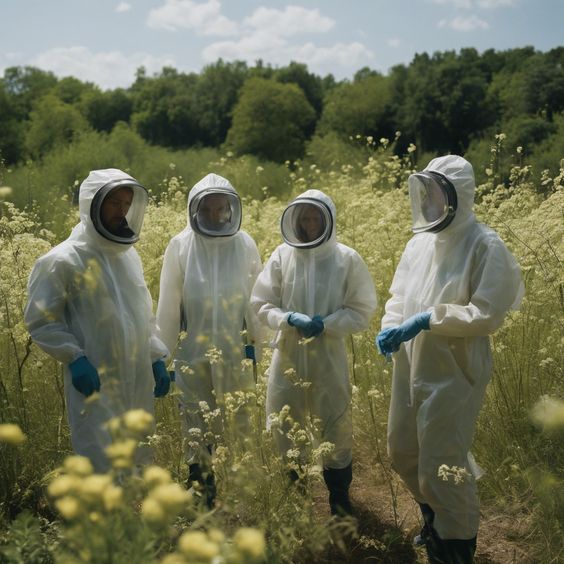In recent years, the emergence of vector-borne diseases has garnered increased attention globally. Among these threats is the Powassan virus, a potentially severe illness transmitted to humans through the bite of infected ticks. As concerns about vector-borne diseases continue to rise, understanding the nuances of Powassan virus becomes crucial for safeguarding public health.
Powassan virus, named after the town of Powassan, Ontario, where it was first discovered in 1958, belongs to the family Flaviviridae. This virus is transmitted primarily by two types of ticks: the Ixodes cookei tick, found in North America, and the Ixodes scapularis tick, commonly known as the black-legged or deer tick. These ticks acquire the virus by feeding on infected small mammals, such as rodents and squirrels, which serve as reservoir hosts.
The transmission of Powassan virus to humans occurs during the feeding process of infected ticks. Unlike other tick-borne illnesses, such as Lyme disease, Powassan virus can be transmitted rapidly, often within minutes of a tick bite. This rapid transmission increases the risk of infection, particularly in regions where the virus is endemic and tick populations are prevalent.
Symptoms of Powassan virus infection can vary widely, ranging from mild to severe. In some cases, infected individuals may remain asymptomatic, while others may develop flu-like symptoms such as fever, headache, and muscle aches. However, severe cases can lead to more debilitating symptoms, including encephalitis (inflammation of the brain) and meningitis (inflammation of the membranes surrounding the brain and spinal cord). These neurological complications can result in long-term disabilities or even death, making Powassan virus a significant public health concern.
Given the potential severity of Powassan virus infection, prevention remains the cornerstone of effective management. Key preventive measures include reducing exposure to ticks and taking precautions when spending time outdoors in tick-infested areas. Wearing long sleeves and trousers, using insect repellents containing DEET or picaridin, and performing regular tick checks after outdoor activities can help minimize the risk of tick bites and subsequent infection.
Furthermore, prompt removal of attached ticks is essential in preventing Powassan virus transmission. Ticks should be carefully removed using fine-tipped tweezers, grasping the tick as close to the skin's surface as possible and pulling upwards with steady pressure. Avoid crushing the tick's body during removal, as this can release infectious fluids into the wound. Once removed, the bite site should be thoroughly cleaned with soap and water, followed by disinfection with alcohol or iodine.
Although Powassan virus remains relatively rare compared to other tick-borne diseases, its potential to cause severe illness underscores the importance of vigilance and awareness. Healthcare professionals play a vital role in recognising and diagnosing Powassan virus infection, particularly in regions where the virus is endemic. Early detection allows for prompt medical intervention, which can improve outcomes and reduce the risk of complications.
Diagnostic testing for Powassan virus typically involves serological assays to detect the presence of antibodies in the blood or cerebrospinal fluid. Polymerase chain reaction (PCR) tests may also be used to detect viral genetic material in clinical samples. However, due to the limited availability of specific antiviral treatments for Powassan virus, supportive care remains the mainstay of management for infected individuals.
As researchers continue to investigate Powassan virus and its impact on public health, ongoing surveillance and research are essential for understanding the epidemiology and transmission dynamics of this emerging pathogen. Additionally, efforts to develop effective vaccines and antiviral therapies are underway, offering hope for improved prevention and treatment strategies in the future.
In conclusion, Powassan virus represents a significant health threat, particularly in regions where infected tick populations are endemic. By understanding the risks, recognising the symptoms, and implementing preventive measures, individuals can reduce their likelihood of exposure to Powassan virus and other tick-borne diseases. Furthermore, continued research and collaboration among healthcare professionals, researchers, and policymakers are essential for addressing the challenges posed by Powassan virus and mitigating its impact on public health


No comments:
Post a Comment